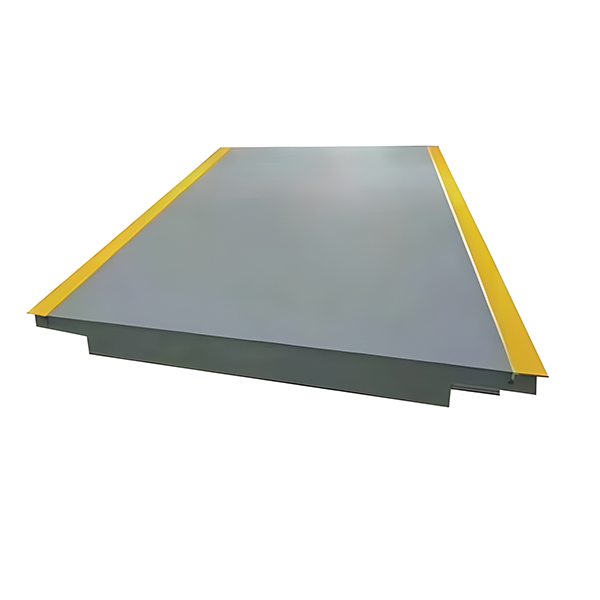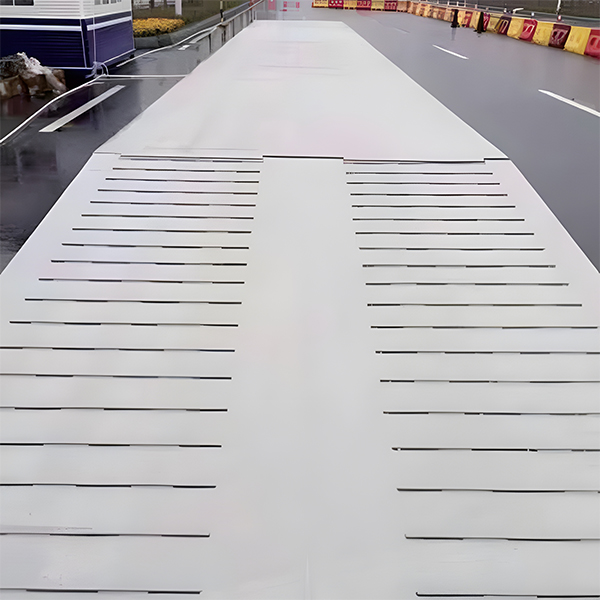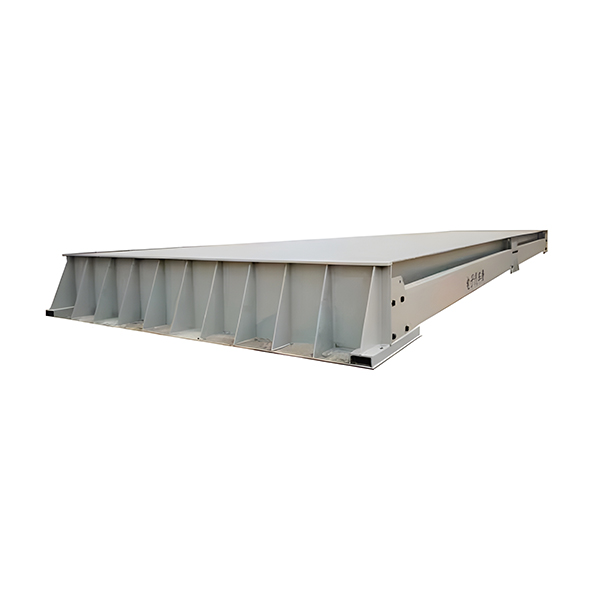Web Menu
Product Search
Exit Menu
Does the supporting structure of the truck scale need to be inspected for damage?
It is necessary to regularly check whether the support structure of the truck scale is damaged. This is the fundamental guarantee for ensuring the long-term safe, stable, and precise operation of the truck scale. The reasons are as follows:
The core of carrying safety:
The supporting structure (including reinforced concrete foundation, base, bottom plate, embedded parts, limit devices, etc.) carries the enormous weight of the entire weighing platform and the vehicle being weighed.
Any structural damage (such as cracking, uneven settlement, exposed steel corrosion, loose or broken embedded parts, deformation or damage of limit devices) may directly damage the bearing capacity, leading to the collapse, tilting or severe deformation of the weighing platform, and causing catastrophic safety accidents (vehicle overturning, personnel injury).
The foundation for ensuring weighing accuracy:
The stability and flatness of the supporting structure are prerequisites for the correct force application of sensors.
Uneven foundation settlement, bottom plate warping, loose displacement of embedded parts or stuck limit positions can change the stress state of sensors or constrain the free displacement of the weighing platform.
This will inevitably lead to uneven force distribution or inability to reset the scale body, causing serious weighing errors, drift, and decreased repeatability. Even if the sensors and instruments themselves are normal, the data will still be distorted.
The key to preventing equipment damage:
The abnormal stress caused by the damage of the supporting structure (such as twisting force, shear force) will be directly transmitted to expensive weighing sensors, junction boxes, and even the steel structure of the weighing platform.
Long term operation on deformed or loose foundations can accelerate sensor overload damage, scale platform deformation and cracking, and fatigue fracture of connecting components, resulting in significant equipment and property losses.
Eliminate daily operational hazards:
The waterlogging caused by poor drainage in the foundation pit can corrode the concrete foundation, corrode the steel bars and embedded parts, and lay long-term hidden dangers.
The failure of the limit device (excessive clearance or complete jamming) can cause the scale platform to shift and collide, the sensor to be damaged by lateral force, or unstable shaking during weighing.
Debris and crushed stones get stuck in the gap or limit between the weighing platform and the foundation, directly affecting weighing and even damaging equipment.
Early detection and cost control:
The problem of supporting structures is usually progressive, such as the expansion of small cracks and slow settlement.
Regular visual inspection and simple tool assisted inspection (such as tapping and listening to sound, measuring gaps) can detect problems such as concrete peeling, crack formation, rust, abnormal loosening or jamming of limits, and changes in gaps at an early stage.
Timely detection and handling of these minor issues can prevent them from developing into costly major structural damage or leading to sudden accidents.
Extend overall service life:
A sturdy and intact support structure is the cornerstone for the long-term stable operation of a truck scale.
Neglecting the inspection and maintenance of supporting structures can lead to the entire system (foundation, weighing platform, sensors) entering an accelerated degradation period too early, significantly shortening the economic service life of the truck scale.
| Requirement for Support Structure Inspection | Critical Reasons & Risks Addressed |
| Ensure Structural Safety | • Prevent catastrophic failure (foundation collapse, platform tipping).• Eliminate hazards to personnel and vehicles during weighing operations. |
| Maintain Weighing Accuracy | • Detect issues causing uneven load distribution (settlement, cracked foundations, warped base plates).• Identify misaligned/defective limiters restricting platform movement. |
| Protect Equipment Integrity | • Avoid transfer of abnormal stresses to sensors/load cells.• Prevent premature wear or damage to the scale platform and components. |
| Prevent Operational Hazards | • Clear debris blocking platform clearance or jamming limiters.• Resolve drainage issues causing foundation erosion or corrosion. |
| Enable Early Problem Detection | • Identify minor cracks, rust, loose anchor bolts, or limiter wear before they escalate.• Monitor gradual changes (e.g., gap width shifts, concrete spalling). |
| Extend Service Life | • Preserve foundational stability to maximize the scale’s functional lifespan.• Avoid accelerated degradation of structural and weighing components. |
| Ensure Regulatory Compliance | • Meet safety and operational standards for industrial weighing systems.• Maintain audit-ready maintenance records. |
-
Add: Building 3, No. 355, Xiangshan East Road, Binhai Economic Development Zone, Cixi City, Ningbo, Zhejiang, China.
-
Tel: +86-18969402526
-
Phone: +86-0574-86817102
-
E-mail: [email protected]

 English
English 中文简体
中文简体





